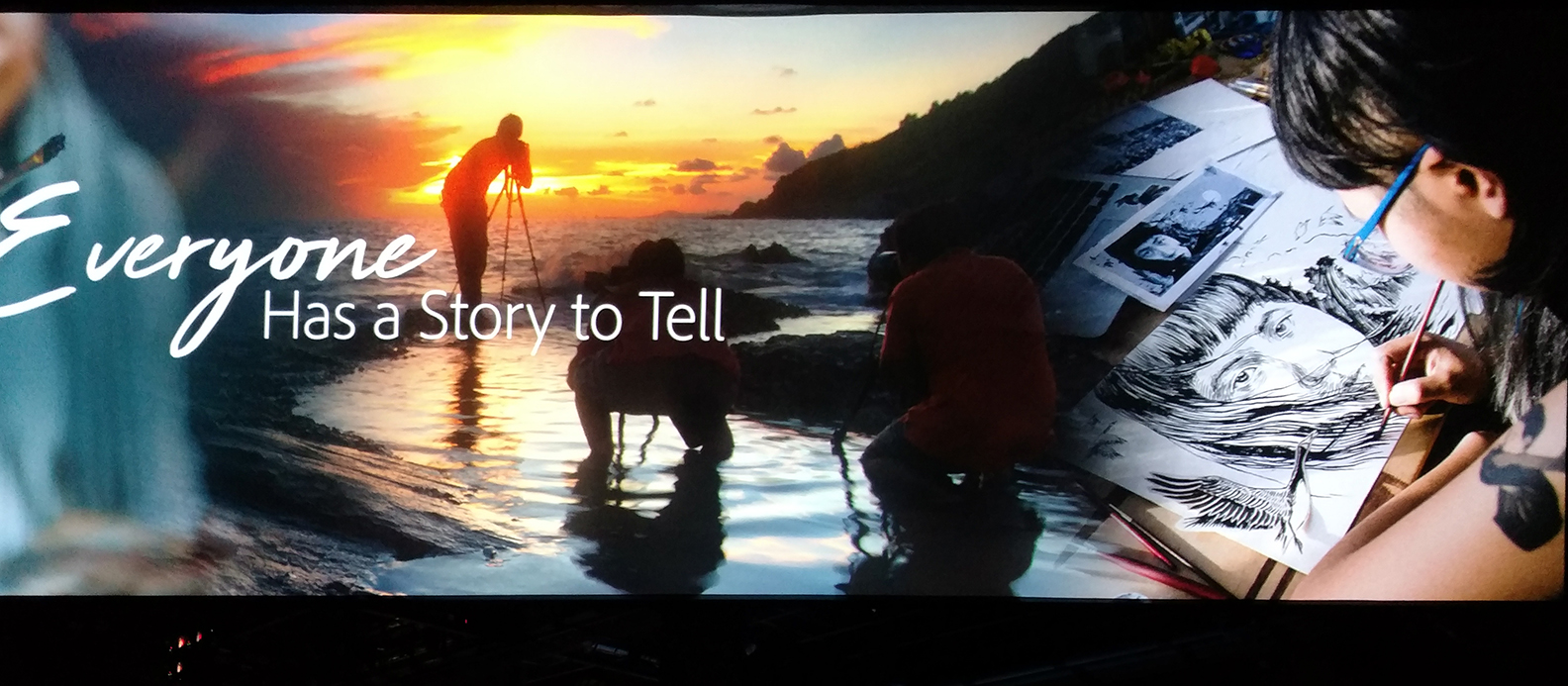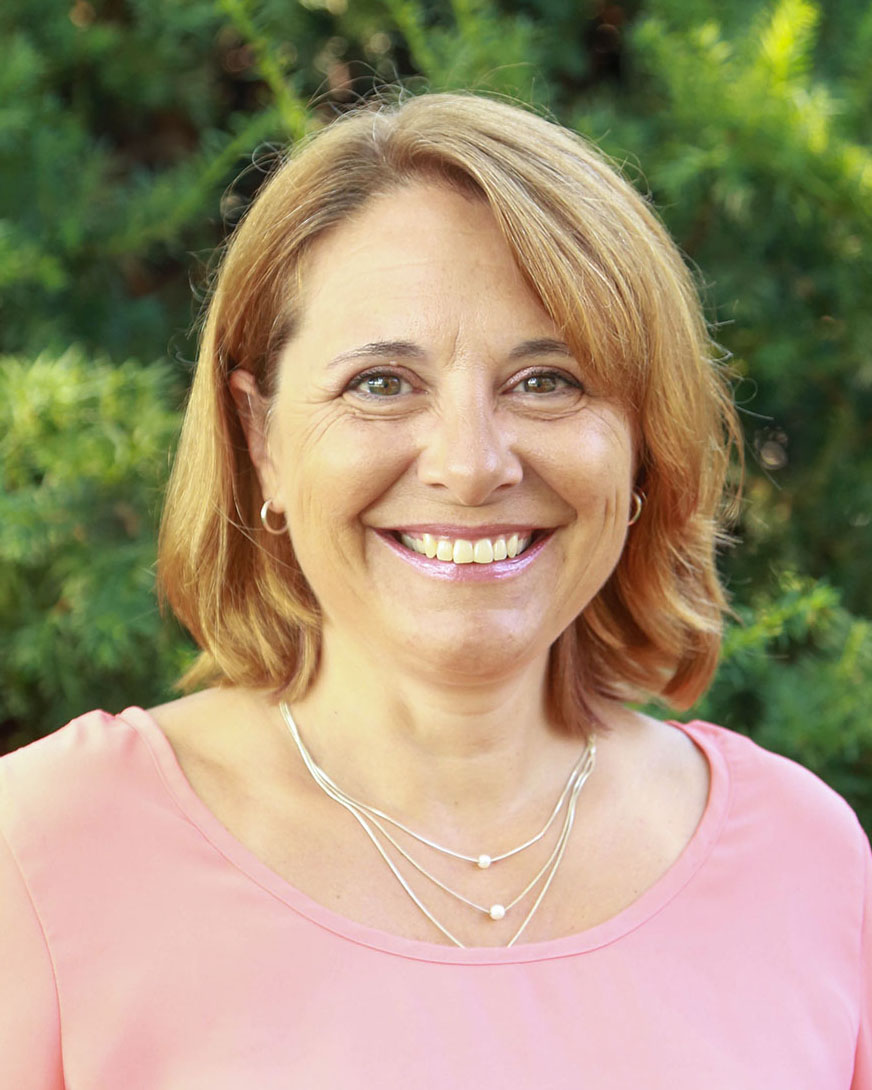

Storytelling and technology collided in October at the 2017 Adobe MAX Creativity Conference in Las Vegas, and [Sherry Berghefer](/greenlee-v2/directory/sherry-berghefer/), senior lecturer, plans to put several observations into action in the classroom and her research.
In addition to attending sessions, labs and creative workshops on topics such as photography and visual storytelling, Berghefer tested out some of the latest innovations in drones, paper, printing, type, augmented reality, virtual reality and more.
“It’s visual overload when you’re there because it is all focused on creativity,” Berghefer said.
The story is everything.
One of the conference’s key themes was “everyone has a story to tell,” a sentiment that was displayed prominently on screen during the keynote. This idea applies to students in advertising, journalism and public relations for obvious reasons as they learn how to become storytellers in their respective fields. But, Berghefer said she encourages students to think about this message as it applies to themselves, as well.
“They’re really inspiring you to live your interest. Be creative. You don’t have to fit a mold,” she said.

Visual storytelling is crucial.
“More than 84 percent of communication will be visual by 2018.” Amy Balliett of Killer Infographics presented this information about video consumption from a 2014 report by Cisco Systems Inc. — in infographic form, of course — in a session Berghefer attended.
As people skim through content online, Berghefer teaches her students to think about how visuals — including video, photography and infographics — can cause an audience to pause and take in a message rather than scroll by.
Augmented and virtual realities are becoming more mainstream.
Augmented and virtual realities play a key role in Berghefer’s research, and she had the opportunity to experience the latest technology in person at MAX. She participated in a demo showcasing the capabilities of Google’s latest software and camera rig that shoots in 8K and renders video in 4K.
“Most of the time with 360 video, it’s very monoscopic. You don’t get that depth of field. They’re starting to do it with stereoscopic video. You’re sitting there with the headset and there’s somebody in front of you swinging and you actually do duck because it’s 3D,” she said.
New advances in technology mean simpler applications are becoming more pervasive and accessible — consumers can even fashion their own inexpensive viewers from a shoebox and lenses using Google’s do-it-yourself instructions. With media outlets, such as the New York Times and USA Today, diving head first into experimental journalism, and companies including headsets in their marketing kits, Berghefer hopes to someday bring hands-on training in creating 360 video and content to Greenlee students.
Berghefer’s trip was funded in part by an LAS Travel Grant.